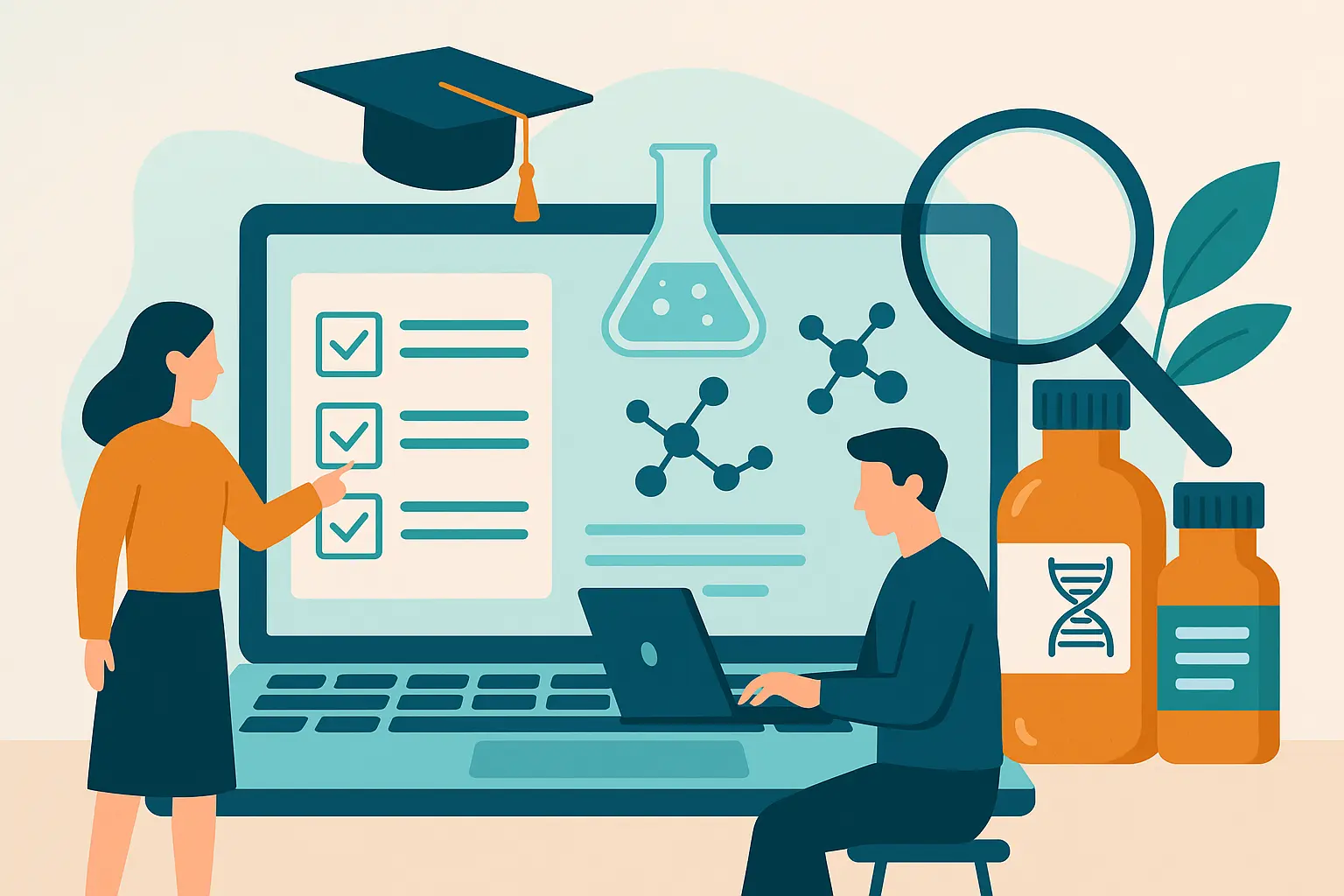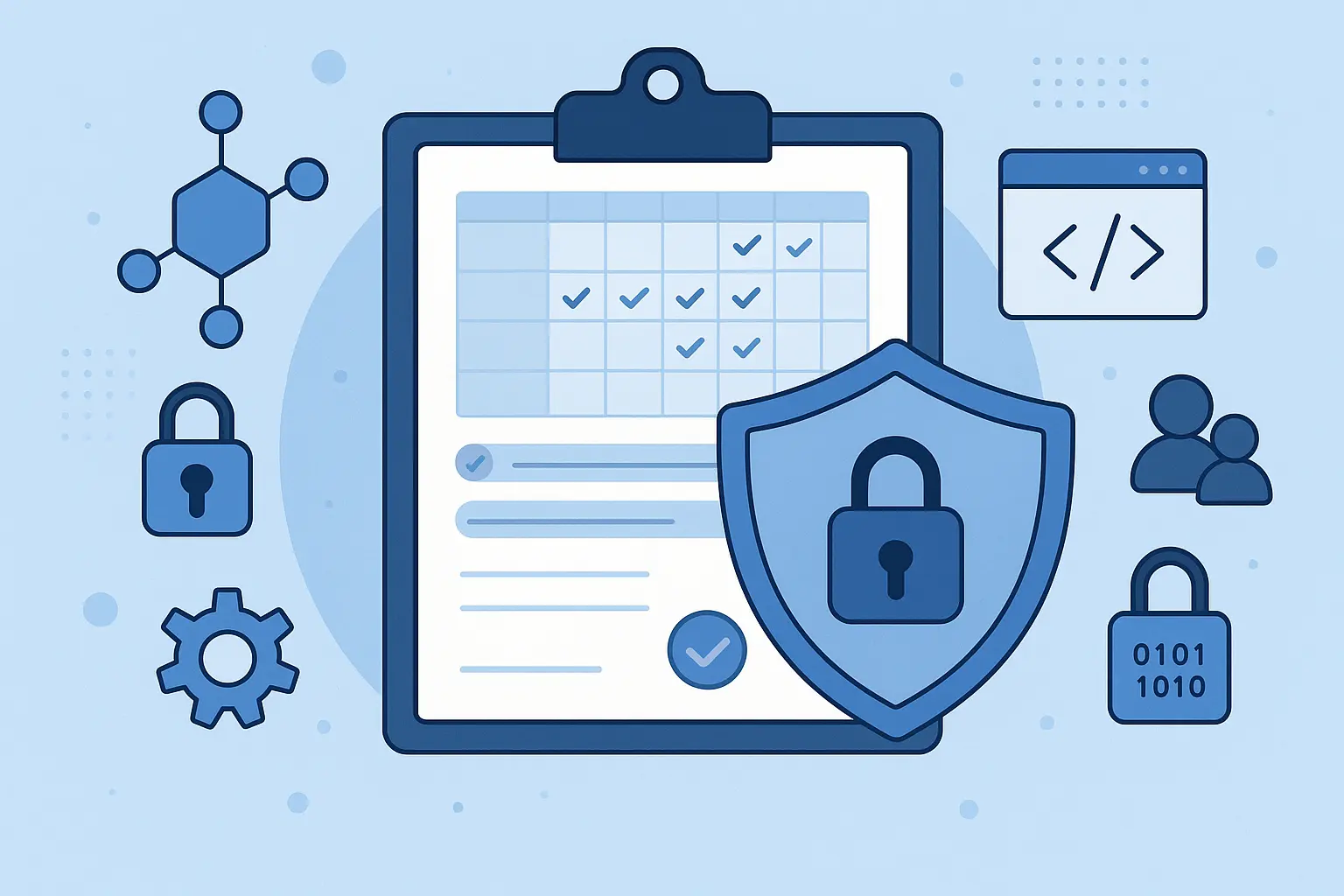The terms, service desk and help desk, are often used interchangeably in the world of customer service. At first glance, they seem similar but the roles of these platforms differ in an organization. In this article, we’ll discuss the differences, similarities, features, and how to choose.
Let’s define: Service desk Vs help desk
A helpdesk is responsible for providing IT assistance and technical support. It’s a platform where support reps can collect requests, troubleshoot issues and either fix them or suggest possible ways to resolve them. They are ready to respond to incident management issues that end users may encounter when interacting with their software tools.
On the other hand, a service desk offers support for both technical and non-technical issues. It connects the service provider with end users so they can manage IT issues as well as communicate about other things. It provides many services such as incident management, service request management, knowledge management, self service, etc.
The difference between a help desk and a service desk system.
Here’s the key difference between both terms:
- Help desks are focused on more technical IT problems. They perform a break/fix and are more focused on fulfilling the incident management role. It’s there to provide solutions to platform issues.
- A service desk provides broader customer support, of which IT resolution is one aspect of it. End users are free to ask questions, upgrade or downgrade accounts, and request for new features or services.
Some similarities between help desk and service desk software.
Here are some similarities:
Customers can reach out via multiple channels such as phone calls, email, social media, etc. It allows them to submit requests and interact with the tech support team.
A ticketing system can turn requests into tickets and allow the IT support agent to tag, track and resolve them. Both customer enquiries and technical issues can be tickets.
Both service desk software and helpdesk can fix technical problems such as sign up/login issues, platform glitches, slow software, unresponsive features, payment issues, etc
You can expect to find an information hub where tutorials and answers to FAQs are published. It allows end users to search using queries and find the solutions by themselves.
How can companies decide on which form of customer support is best for their business?
A help desk or a service desk system allows support reps to manage requests easily, respond quickly, monitor past interactions, and provide personalized service. Both allow for automation and efficiency in customer service so the IT support team can focus on providing necessary support.
An IT help desk is used to provide technical support. But a service desk is for offering IT support and other types of support. A company can choose either of these platforms or decide to leverage both for quality customer service.
You can use a help desk software if the support team gets more technical requests. A service desk is preferable for answering basic queries, providing IT support, and others.
Large organizations can use both systems to offer support to employees and customers. For example, they can implement a help desk to manage employee IT issues and a service desk for customer relationship management.
What are the top features to look for in a service desk?
When choosing a service desk, you need to look out for important features. This ensures that you get good value for your money and equip your team with the right tools. Here are some features to consider:
- Intelligent routing feature
A smart ticketing system can turn requests into tickets, categorize them and route to appropriate agents. It sends specific kinds of requests to those who can handle them.
Automation helps to save time by completing several tasks and reducing the workload for agents. AI can assist agents with sentiment analysis, and smart suggestions or replies.
It should be easy to connect other business apps such as CRM, email software, live chat, social media, accounting software or appointment scheduling software like Bookafy.
- Chatbots and self-service
You can use chatbots to provide 24/7 support especially when the support team is unavailable. They can respond to simple queries using FAQs and suggest help articles.
- Knowledge base and self-service
A service desk should have a knowledge management portal where you can publish articles, user guides, FAQs, and informative articles about your products and services.
There has to be a feature that allows support teams to communicate and ask for help. You can also integrate team communication and project management apps.
The service desk software should provide metrics such as average response times and resolution times, average CSAT scores and overall performance. You should also be able to download your data and access periodic reports.
Helpdesk Vs Service desk
In summary, a helpdesk is mainly designed to solve IT or technical issues and restore the service for the customer. A service desk does much more than that. It can be used to answer questions, update account information, request for new features and fix any problems for end users. You can decide to choose the most suitable solution for your business or implement both of them if you prefer that.








